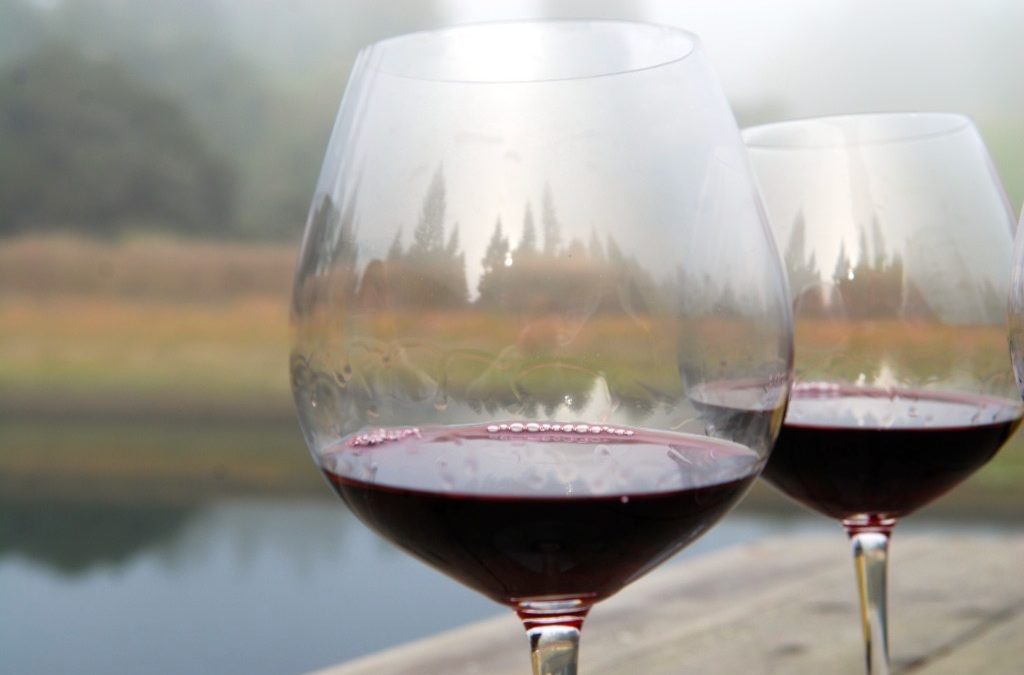Wine glasses come in all shapes and sizes, but there is really only one factor of vital importance: material. It doesn’t take an expert to know wine tastes differently from a glass than it does from a Styrofoam cup.
But, before this discussion, it’s important to understand the anatomy of a wine glass. A glass consists of three basic parts: the rim, the bowl and the stem.
The rim is the top edge of the glass, where your mouth meets the wine. The best glasses will have a very thin, smooth rim. If you have ever had a fine wine out of a thick banquet style glass you already know the experience is not as enjoyable as it is from a thin-rimmed glass.
The bowl is what holds the wine. Shape varies by glass, but most are narrow at the top, widening and rounding to the bottom. The shape of the bowl can accentuate specific characteristics of the wine. Some offer depth to bring out aromas while others show off bubbles.
The stem is the long thin part that makes it possible to hold the glass without altering the wine’s temperature or leaving smudges on the bowl and disturbing the visual experience.
For the overall makeup, quality glasses are made of two materials: crystal or glass. For most of us enjoying a glass of wine over a weeknight dinner, we may not be able to discern the difference. But there is a difference.
Depending on the brand, crystal is glass with lead monoxide, also called lead oxide. Many manufactures also produce lead-free crystal with zinc and magnesium oxide. The most important reason for this addition is the minerals cause the glass to have light refraction, giving stemware its sparkle. If you hold the glass to the light it will capture a prism and create a rainbow effect. Another way to know if it is lead is to wet your finger and run it around the rim, with lead you usually hear a slight musical quality or when tapped using a utensil, crystal will generally ring.
Crystal and glass have advantages. Price generally is the main reason behind a consumer purchase. Glass is less expensive and easier to care for.
When it comes to washing and durability, crystal is more fragile and it’s generally not a good idea to throw into the dishwasher.
But when it comes to enjoying the taste of fine wines, crystal stemware provides the best experience.
THE VALUE
This is an excellent choice for everyday durability. It uses a trademarked, thinner glass, making it stronger, with a laser-cut rim that makes it thinner. It’s durable, dishwasher safe and made lead-free.
- Libby Signature Kentfield Estate All Purpose Wine Glass (about $32 for a set of 4)
THE SPLURGE
This glass offers an elegant everyday glass. It has the tulip shape bowl for capturing red and white wine aromas, is lead-free, and it’s the ideal size to manage on a dining table. The laser-cut rim also gives the exceptional experience in tasting. And it’s durable enough that it could go into the dishwasher.
- The Riedel Vinum Zinfandel/ Riesling Grand Cru (about $50 for a set of 2)
